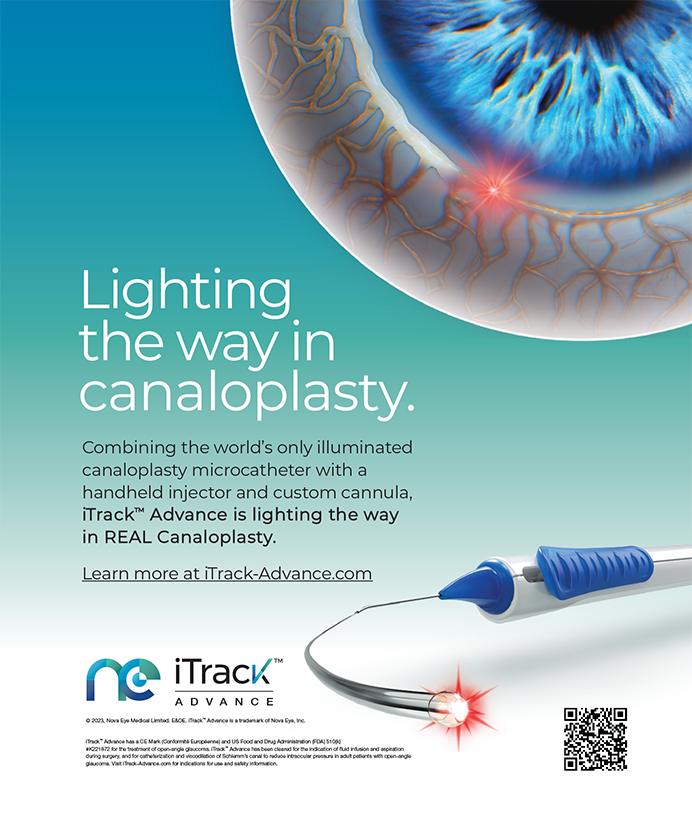How did you become involved in refractive surgery?
In 1991, there was a renewed interest in RK, and I sensed that this type of surgery marked a change in how the profession of ophthalmology viewed refractive error. We realized that we did not need to accept ametropia as an inevitable imperfection in our patients' visual systems, and I wanted to be involved in this new phase of ophthalmology. RK was just the beginning, of course, and this early refractive procedure has since evolved into new and improved approaches.
What do you see for the future of refractive surgery?
One of the directions ophthalmology is taking as refractive and cataract surgery become indistinguishable involves using intracorneal and intraocular implants.
Some of the devices I am currently investigating include the Visian Implantable Collamer Lens, the Acufocus corneal inlay, and several accommodative IOLs. All these devices, some of which are still under development, show great promise and are a natural offshoot of our ability to correct refractive error.
How do you think patients are benefiting from new refractive technologies?
The availability of various technologies allows us to offer refractive solutions to a broader range of patients and to choose the technique that will provide the best result for each individual. A big question for refractive surgeons is how much residual corneal tissue we should preserve during corneal reshaping procedures. With phakic IOLs and other noncorneal technologies, we will no longer have to worry about how close we can get to the minimum safe number. The age of the patient, the condition of the ocular surface, the corneal topography, and other ocular features will now all factor into choosing the best option for that individual. Phakic IOLs such as the Visian ICL or the Verisyse are attractive alternatives to LASIK for certain patients.
You are a principal investigator for the Visante OCT, a noncontact device for imaging the anterior segment. How do you expect this technology to impact ophthalmology?
I am very excited about the technology and feel confident that it will become a part of routine office evaluations. The Visante's applications for refractive surgery include defining the corneal flap's thickness and assessing corneal structure. Beyond that, it will likely have a role in calculating the size of angle- and sulcus-based phakic implants. The ability to visualize the anterior chamber's angle with a noncontact device will also be useful for glaucoma specialists by allowing them to perform noncontact gonioscopy and to assess the eye's filtering angle objectively. We are still discovering new uses for the device. It appears that the Visante will eventually have a broad range of applications.
What has been the most satisfying development in the evolution of refractive surgery?
I am most impressed by the rapid pace at which organized ophthalmology has recognized, accepted, and embraced refractive surgery as an integral part of the profession.
Our ability to reshape or modulate tissue at the micron level and produce predictable results has made refractive surgery a safe, reliable, and rational choice for people who want to improve their quality of life. That knowledge of refractive surgery is required for the completion of an accredited residency program is a dramatic departure from the early 1990s, when organized ophthalmology considered this type of procedure to be controversial or inappropriate.
It is now accepted that residents who specialize in other areas of ophthalmology can benefit from learning about refractive surgery. For the first time, I am starting to get consultations from retina specialists who are concerned about how necessary repairs for retinal tears or detachments will affect their patients' uncorrected refractive outcomes. We have come a long way in a short time.


